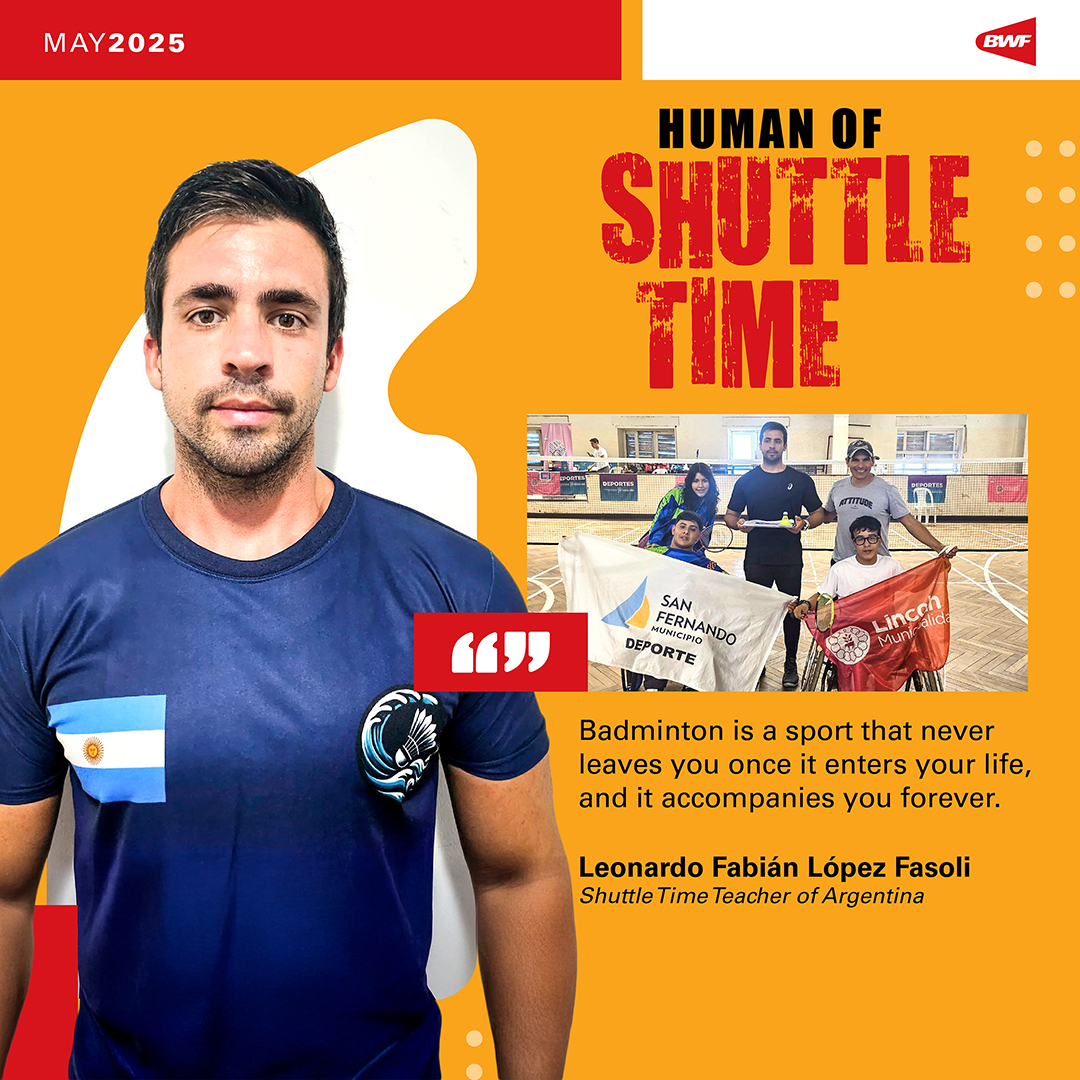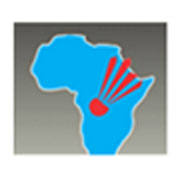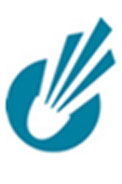Humans of Shuttle Time: Leonardo Fabián López Fasoli
Childhood Years
My childhood was about sports, physical activity, and academics. I was always a restless child with a fascination for sports, and I enjoyed observing and practising most of them, with a particular interest in extreme sports. My family was middle class, and my parents always focused on education.
Tryst with Badminton
The first time I saw badminton in my life was on TV during the 2004 Olympics, when I was 11 years old. I found the sport extremely attractive and novel, as I had never seen it before. From that moment on, I became interested and followed it in the Olympics and later online.
First Impressions
I was impressed by the speed of the game, the almost choreographic movements of the players, the intensity of the game, and the strategy involved in each point. As a kid, I thought it was almost impossible to believe the things they could do with the badminton shuttlecock.
Relationship with Badminton
My relationship with badminton began as an enthusiast, but without the opportunity to practice it. After graduating from high school, I studied physical education teaching, where I finally had real contact with the sport, although it was only a brief introduction with basic materials and few tools. However, I enjoyed my first contact with a shuttlecock, and, with surprising ease, I was able to play strokes and control the shuttle in a very short time. Later, after graduating, I moved to Mar del Plata, where there were experienced badminton teachers and players who had been part of the national team.
There, I had a brief learning experience, and when these teachers retired, the sport was not taught in the city for a few years. It was then that I was able to enter as a beginner badminton teacher, and the sport began again in the city. I trained with Shuttle Time, as a national FEBARA coach and as a national FEBARA umpire.
Now, after a long period of inactivity, the sport is experiencing a resurgence in the city. We have players of all ages, and we participate in national and regional tournaments.
Memorable Events
The most memorable events were the first tournaments, meeting many people passionate about the sport, and seeing how united the community was, enjoying meeting and playing together. I remember my first matches won, playing a final, and my first medal in a regional tournament. The community and camaraderie of the people I met in this sport are unique. I met national team players and coaches, people I admired, teachers who dedicated their lives to badminton, and all the people behind badminton in Argentina. Another memorable memory was when a teacher, Gastón Harkes from Tandil, when I was just starting out and had little material to give classes, gave me two Yonex GR202 rackets, which were significant for me and a great boost for me to grow badminton in Mar del Plata.
What Badminton Means
Badminton is now a central part of my life, in terms of my educational aspirations and training, as well as growing the sport, developing better players, and it’s the sport I chose to play and enjoy. Being able to teach it and see the progress and growth of players is rewarding. I believe in the great potential it has in our city and country and I see its growth year after year, and I want to be a part of it. Badminton is a sport that never leaves you once it enters your life, and it accompanies you forever.
How it is Different
Badminton is different from other sports, especially in Argentina, because having a reduced number of players compared to other sports generates a social environment of interaction and camaraderie among players and delegations that I have never seen in other sports. It is a sport that highlights respect and fair play above all, and that shapes the character and values of players like no other. Physically, it is a very comprehensive sport that requires working on and improving all physical abilities.
Developing Badminton in the Community
My experience was a process of permanent growth. At first, I familiarised myself with the sport, the materials and the limited possibilities of getting equipment in the area. Over time, people, contacts and tournaments began to emerge, and I started investing in equipment, better workspace and today I have my classes fully booked with students. I believe there’s still much room for improvement, both in my role as a teacher and in the conditions and space we have to keep adding people. However, throughout the process, I always felt supported selflessly by the entire badminton community from nearby cities, by FEBARA, and obviously by the Shuttle Time trainers who were always willing to help, clarify doubts, and encourage the sport.
Impact of Shuttle Time in Argentina
Shuttle Time makes a difference in our region due to the vast array of tools and excellent trainers who continuously disseminate and advise future badminton coaches. My first official training was through this programme, which marked the beginning of all subsequent training, and served as a catalyst to motivate other teachers and colleagues to take up teaching badminton.
Lessons from Shuttle Time
The most important lesson I learned while working with Shuttle Time is that limits only exist in our minds, and we are always capable of overcoming them. It’s not a traditional lesson from the programme, but rather a life lesson and a way to approach and work with my future players, who often believe they can’t achieve something, see things that seem impossible, and sometimes, as badminton teachers, we also transmit our own doubts and insecurities.







